The Game Developers Conference in San Francisco isn’t just about sitting in sessions during the day and partying at night. Developers are anxious to show the press what their games are all about, even if they’re early in development. That results in a whole list of games (often concretized by a pocket full of business cards and USB drives) to look forward to. We collected our favorite and ranked them for your convenience. We realize you don’t have a bunch of business cards, but do your best to remember the names of these games anyway.
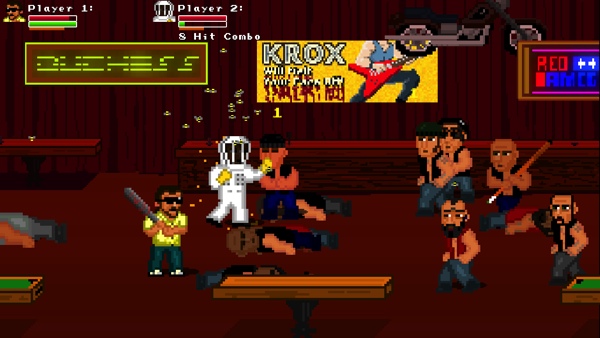
10. Fist Puncher
As the title implies, Fist Puncher is a side-scrolling brawler that pushes the absurdity of its genre to the edge, providing the player opportunities to battle nudists, KKK members, Nazis and generic street thugs through an epic game spanning 50 levels. With retro-pixel graphics and basic gameplay, Fist Puncher manages to stand apart only because of its uncomfortable ties to the real world.
Developed by two brothers who grew angry and frustrated living amongst rampant violence and crime in Santa Cruz, California, the game is promoted as “based on true events,” a statement that may surprise those familiar with the look and feel of the game. The player controls absurd characters that fight absurd enemies in absurd locales, and reality seems deliberately disconnected from the game itself. Still, the game laughs in the face of real evils by depicting them as inept pixel-people walking head-first into destruction masquerading as the fists of the protagonist. It’s doubtful that the game will add anything to the conversation about real urban crime, but it could provide a very real opportunity for catharsis for those who live in its midst.—Richard Clark
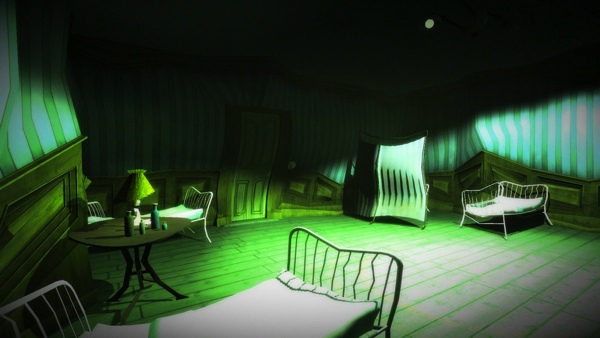
9. Blackwell Asylum
In the late 1800s it was not uncommon for women to be unjustly committed to insane asylums. Nellie Bly wanted to expose the many injustices that were being committed against women during this time, so she willingly committed herself to an asylum in order to write about her experience. Upon chatting with Claudia Straede, the game’s creative director, I learned that Blackwell Asylum is loosely based on Bly’s book Ten Days in a Mad-House. This free-to-play student project was made over the course of 6 weeks by the Danish Academy of Digital Interactive Entertainment.
The player starts the game as a woman committed to an asylum against her will. Your goal is to escape the asylum. While I would have liked for the game to expose more of the practices of asylums in the late 1800s, Blackwell does something that few games do—it starts you out weak and then makes you weaker. Each time you are caught by one of the asylum’s wardens you are drugged and your movement becomes more labored. You cannot fight the wardens—you can only hide or run from them and can only be caught three times before the game ends. The result is a game that illustrates human weakness through movement. When hiding from wardens in closets you have to tap the space bar to steady your breathing so as to avoid detection. The result is a game that effectively illustrates the dehumanizing influence of a cultural institution of our recent history.—Drew Dixon

8. Tengami
Immediately after finishing the first chapter of Tengami, two thoughts came to mind. First, I wanted to play more. Second, I wanted to share it with my wife and daughter. At its heart, Tengami is a beautifully rendered meditative point-and-click adventure game. Players tap their way through the environments attempting to lead a young avatar to the exit. Players can flip or fold portions of the environment much like opening the pages of a children’s pop-up book ordering the environment such that your avatar can continue. There is very little barrier to entry to these puzzles. After playing the game, I shared my desire to show the game to my family with Jennifer Schneidereit, the game’s creator, and she said that a lot of the people who played the game said that they felt compelled to share it with their partner. This speaks to the creativity, simplicity, and beauty of Tengami.—Drew Dixon
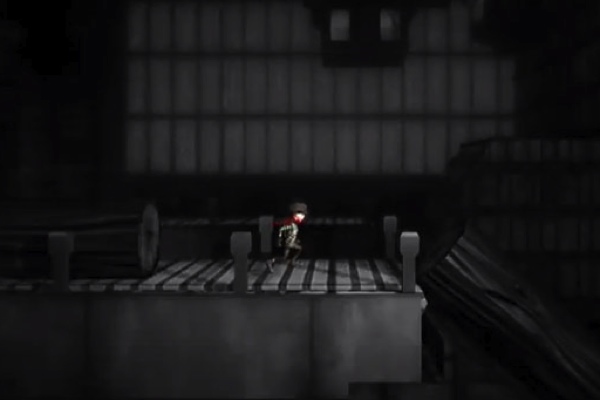
7. Monochroma
Somewhat of a cross between Limbo and Ico, Monochroma is far from a cynical clone. Created by a small development team based in Istanbul, Turkey, Monochroma stands out because of its empathic conceit: The protagonist carries his sibling (whether it’s a brother or sister is unclear) on his shoulders throughout the game, but must put them down at key moments to solve puzzles. But the little one is frightened of the dark, and must only be set down in light areas, easier said than done in the shadows and gloomy environment through which the player must navigate.
The puzzles feel less arbitrary than Limbo’s and more like realistic obstacles the characters may face while navigating the dreary world. Movement is slow-paced and deliberate, causing the player to take his time in the world to explore and admire the beautiful and practical scenery that surrounds them. For a puzzle-platformer, its conceit feels heartening and fresh.—Richard Clark
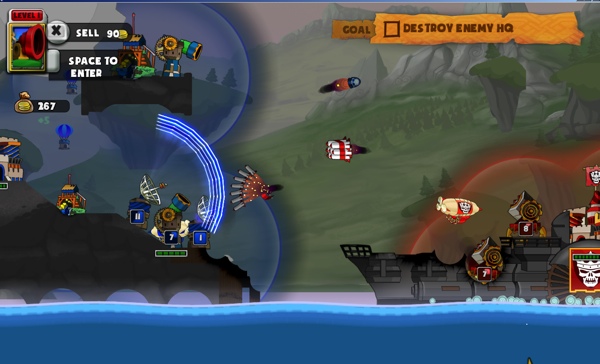
6. Cannon Brawl
Real-time strategy games are often overwhelming and hard to grasp, a problem that Cannon Brawl solves with elegant simplicity and an approachable art style. Focusing on a single-screen of terrain, players go to work building towers that help them destroy their enemy’s base and protect their own. There’s a choice of just a few towers that can be built, each with their own function, from making money (which enables you to build more towers), to shooting missiles, to setting up shields.
The game quickly grows chaotic as each player rushes to carry out their own attack plans and defend against the other players. Adding even more variables to the mix, the environments are destructible in Worms-esque fashion. Still, as chaotic and intense as the game can get, it never feels impenetrable in the way a more traditional real-time strategy game might. That means, for both beginners and spectators, Cannon Brawl is an approachable offering that may result in a more long-term competitive obsession.—Richard Clark
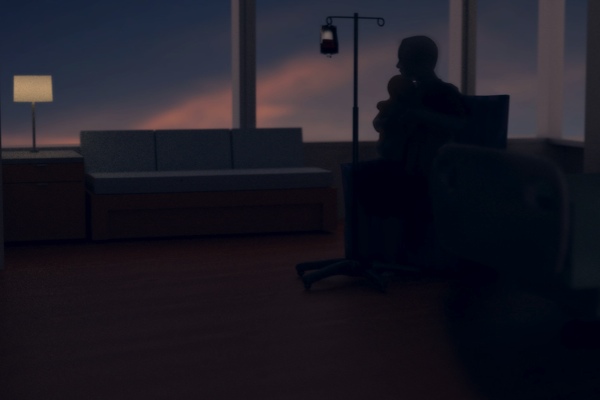
5. That Dragon, Cancer
“We all live in a sick system, and I believe our job is to redeem that system rather than condemn it” said Ryan Green, who is co-developing the upcoming adventure game, That Dragon, Cancer, with Josh Larsen. Green has experienced the “sickness” of our world first hand as his three-year-old son was diagnosed with terminal cancer at the age of 1.
I had the privilege of playing an early build of the game that put me in the shoes of Green seeking to comfort his son Joel in the hospital. The player points and clicks around the hospital room searching for a means of comforting Joel. The hospital room quickly became a prison that I wanted to escape. For a moment, I was able to escape the room, and immediately felt a deep shame. I didn’t want to be in that room, but I needed to be there. I had to help Joel. This small glimpse into Green’s experience represents the most emotionally difficult game I have ever played but also one of the most important. There has been a lot of talk lately about the potential of games to provoke empathy for people outside of our experience. While That Dragon, Cancer certainly provokes empathy, I think it does something better. It challenges me to search for hope in this broken system we all find ourselves in.—Drew Dixon
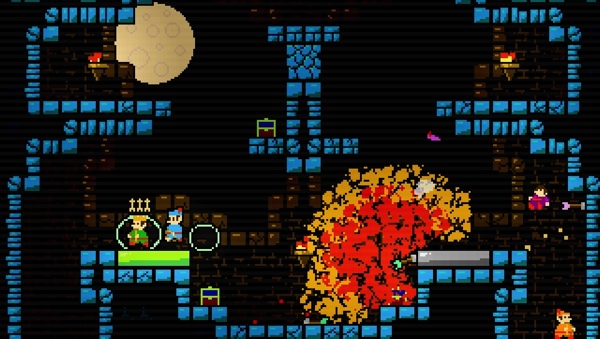
4. TowerFall
On its face, TowerFall is a simple four-player game. Each player shoots arrows at one another, aiming to kill each other before they’re killed first. One shot kills. Last man standing wins. Boring, right?
But after plunging into the game with three others, one starts to notice its depth. Arrows are short, and may be picked up after shot, so players spend as much time searching for more arrows stuck in walls and floors than they do shooting at other players. Decorative objects often end up being hazards as arrows knock lights out of place and onto the heads of players. Meanwhile, power-ups provide the player with exploding arrows, shields and other effects that change up the gameplay. It’s simple and understated, but shines brightest when a four-player game is slowly whittled down, resulting in an epic last stand between the last two remaining players. More often than not, the game ends not with a brilliant maneuver on the part of the winner, but a hilarious misstep on the part of the loser. TowerFall is slapstick multiplayer, a good-natured low-stakes competition that will nonetheless have players completely invested.—Richard Clark

3. Scale
Scale, a game by Steve Swink, is a first person puzzle game that, as the name suggests, challenges players to think about the size and weight of things around them. The player is equipped with a gun that can enlarge or shrink objects, which also changes their mass. Each level has a scale with a certain weight goal upon which the player must place an object in order to advance. This may sound rather standard but Swink has cleverly utilized this mechanic in delightful ways. In one level the player comes upon a tiny play house that he can enlarge and enter. Upon entering the house, the player finds another “toy” house on the second floor of the house he enlarged. The player then takes that house outside, enlarges it and enters to find the exit scale. The player then must shrink the first house to fit inside the second house to unlock the exit door. Puzzles become more and more complex as you progress and also more and more satisfying.—Drew Dixon

2. Redshirt
Space may now be the most well-worn videogame setting these days, but most space-games come pre-packaged with a number of other common tropes: space marine protagonists, combat-focused gameplay, a mission to save the universe. Redshirt is something different, not merely in its charmingly mundane gameplay (big moments of decision involve deciding who to invite to a party and which status messages to like), but in its mechanical conceit: The entire game is played through a fictional version of Facebook called Spacebook, the social network used on a space-ship occupied by a host of beings (human and otherwise) who must learn how to live in a tight space with one another.
The game manages to simulate the very specific pathos one often experiences when using Facebook, an often overwhelming service which often provides opportunity for good and bad results. Any given action can ingratiate or alienate someone else, an issue that becomes increasingly important as the player starts to learn and recognize faces and names. Like Facebook itself, Redshirt is about maintaining relationships, even when they seem to take over our life, because though they might seem like a lot of work and frustration, they’re necessary.—Richard Clark
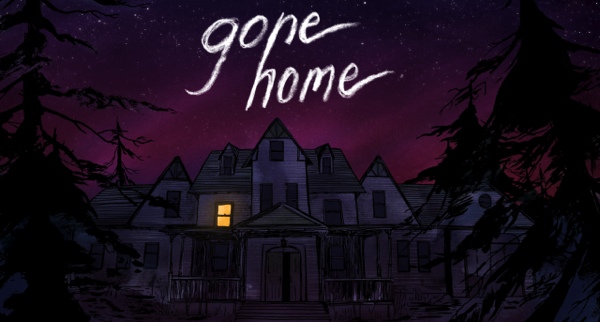
1. Gone Home
“With Gone Home, there is no objective screen, we never tell you ‘this is the mystery you have to solve,’” says Steve Gaynor, co-founder of Fullbright Company. “If you are playing at all, the only reason is your own inherent curiosity.”
Gone Home puts players in control of a young woman who returns from an extended trip to Europe to find her family’s house abandoned and a note from her sister requesting that you not try to find her. I was privileged to speak with designer Steve Gaynor at GDC, and he explained that his team “wanted to give people permission to be voyeuristic … we have all gone to a friend’s house and thought about going through their medicine cabinet or their dresser drawers to figure out their secrets but we don’t because we are good people. With Gone Home, you are a member of the family and something is obviously not right and you have a motivation to find out what it is.”
Gone Home is a game about human curiosity. The game is based entirely in one house and while some of the story is told mysteriously through your sister’s journal entries, much of the mystery is uncovered through simply observing your environment. It is a game about growing up and coming to terms both with who we are and who our family members are. That makes it simultaneously mysterious and immediately relatable. Gone Home is an unparalleled achievement in environmental storytelling: By refusing to tell players what to do, Gone Home frees players to do what they naturally want to do—explore, learn, and grow.—Drew Dixon